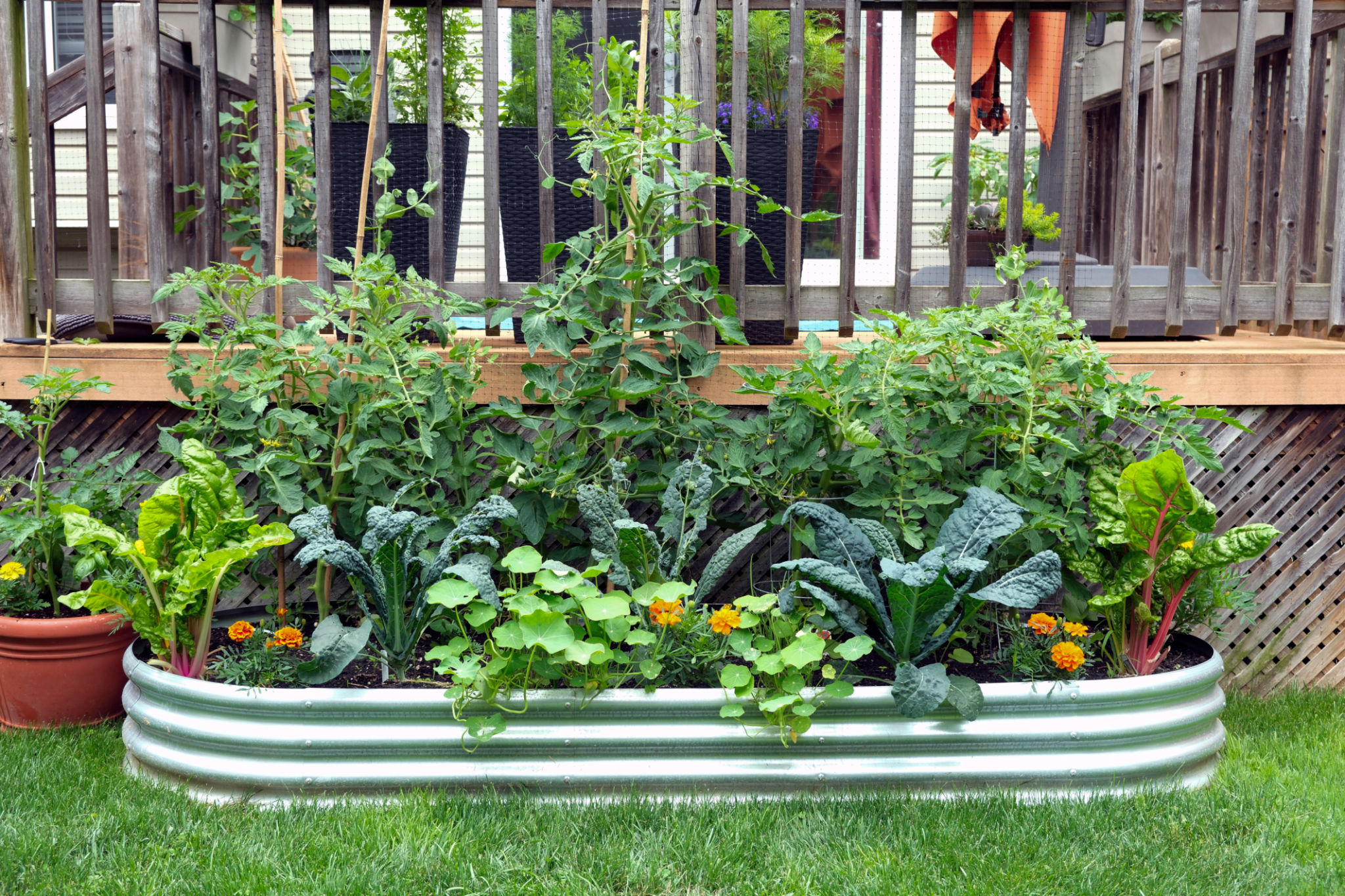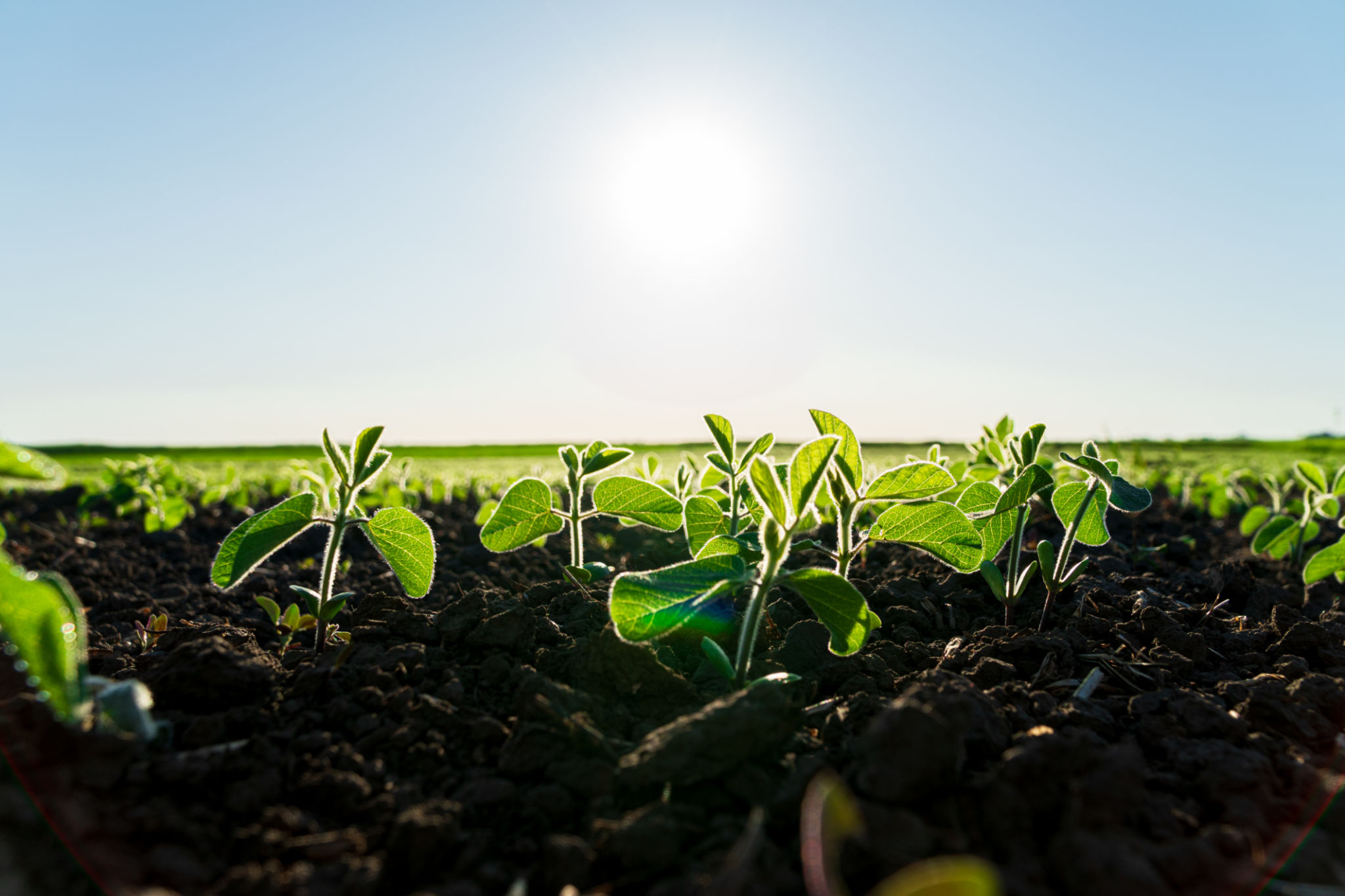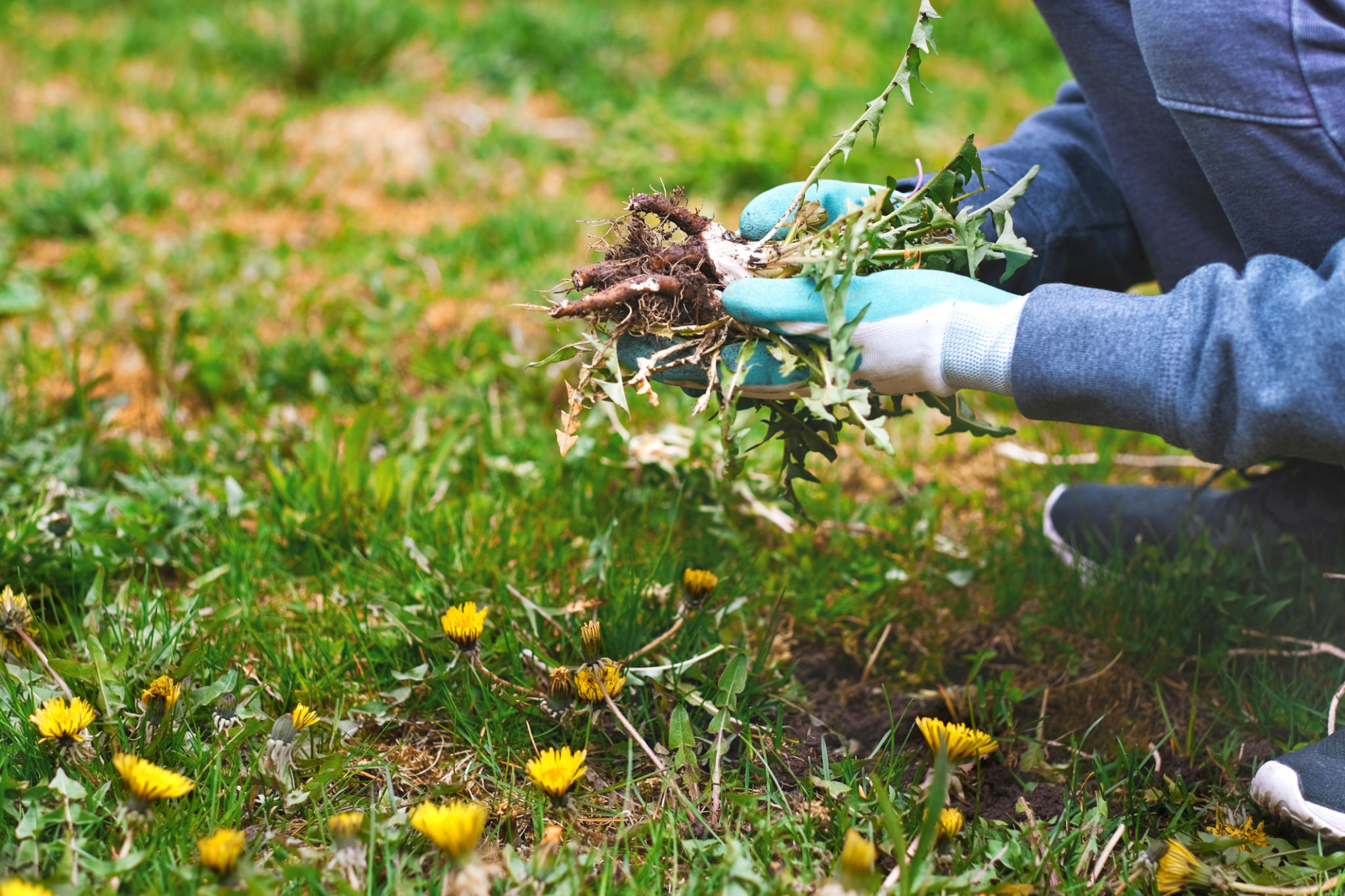DIY Edible Gardens: How to Start Your Own No-Till Garden at Home
Introduction to No-Till Gardening
Creating your own edible garden at home can be a rewarding experience, and starting a no-till garden is an excellent way to do so sustainably. No-till gardening is a method that involves minimal soil disturbance, which helps preserve the natural structure and health of the soil. This approach not only reduces labor but also promotes better water retention and nutrient cycling.
No-till gardens are perfect for those who want to grow their own food without the back-breaking work of traditional tilling. In this guide, we'll walk you through the steps to start your own no-till garden, ensuring you can enjoy fresh produce right from your backyard.

Benefits of No-Till Gardening
Before diving into the how-to, let's explore some of the benefits of no-till gardening. One of the primary advantages is improved soil health. By leaving the soil structure intact, you encourage beneficial organisms like earthworms and microbes to thrive. These organisms play a crucial role in breaking down organic matter and enriching the soil.
No-till gardening also reduces erosion and compaction, as the soil is not being turned over repeatedly. This method is less disruptive to the environment, making it a more sustainable choice. Additionally, it saves time and effort since there's no need for heavy-duty equipment or extensive digging.

Getting Started: Planning Your Garden
The first step in starting a no-till garden is selecting a suitable location. Choose a spot that receives at least six to eight hours of sunlight daily, as most edible plants require ample light. Consider proximity to a water source for easy irrigation and ensure the area has good drainage.
Once you've chosen your location, it's time to plan your garden layout. Decide on the size of your garden based on how much space you have and how much produce you want to grow. A smaller garden might be easier to manage for beginners, while more experienced gardeners may opt for larger plots.
Preparing the Soil
Instead of tilling the soil, you'll be building layers of organic matter on top of it. Start by laying down a layer of cardboard or newspaper to suppress weeds. Wet this layer thoroughly to help it break down over time.
Next, add layers of organic materials such as grass clippings, leaves, straw, and compost. Aim for a depth of about 4-6 inches. This creates a nutrient-rich environment where your plants can thrive. Over time, these materials will decompose and enrich the soil beneath.

Selecting Plants for Your Garden
When choosing which plants to grow, consider your local climate and the growing season. Popular choices for no-till gardens include tomatoes, peppers, lettuce, carrots, and herbs like basil and cilantro. These plants are relatively easy to grow and maintain.
For beginners, it's advisable to start with seedlings rather than seeds, as they are less susceptible to pests and weather fluctuations. As you gain more experience, you can experiment with growing from seeds to expand your garden's variety.
Maintaining Your No-Till Garden
Once your garden is established, maintenance is relatively straightforward. Regularly check for weeds and remove them by hand to prevent them from competing with your plants for nutrients. Keep an eye out for pests and use natural methods like companion planting or organic sprays to manage them.
Water your garden consistently, especially during dry spells. The layers of organic matter will help retain moisture, reducing the frequency of watering needed.

Harvesting and Enjoying Your Produce
One of the most fulfilling aspects of having an edible garden is harvesting your own produce. As your plants mature, keep track of their growth stages to know when they're ready for picking. Harvesting at the right time ensures that you enjoy the freshest flavors and maximum nutritional benefits.
Once harvested, enjoy your produce in various meals or share them with friends and family. The satisfaction of eating food you've grown yourself cannot be understated!
In conclusion, starting a no-till garden is an accessible and sustainable way to grow your own food at home. By following these steps and maintaining your garden with care, you'll be well on your way to enjoying a bountiful harvest.